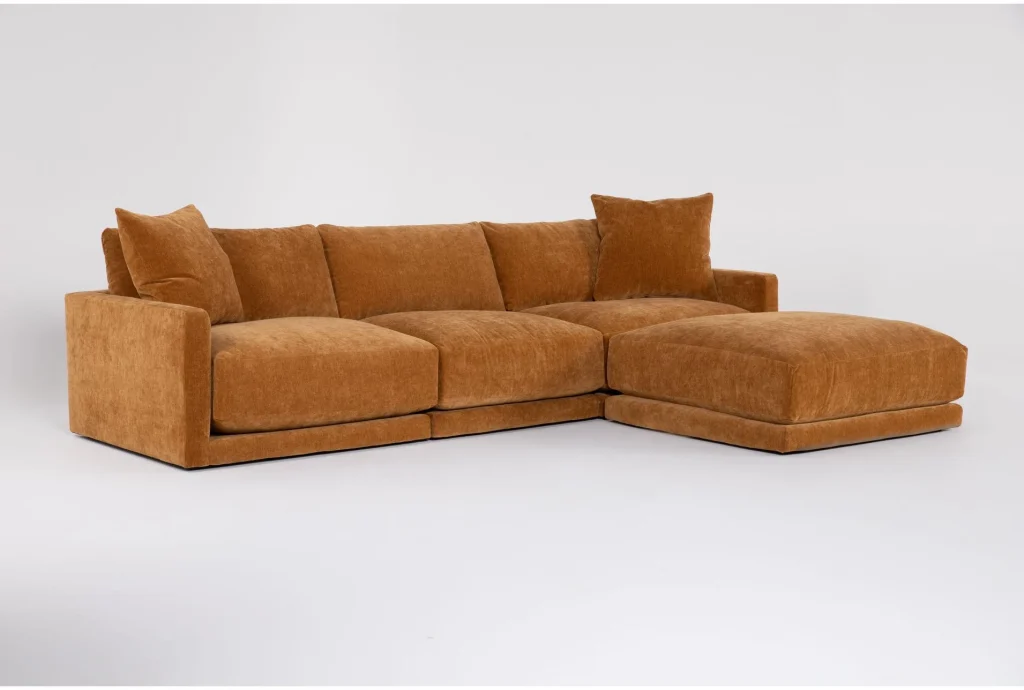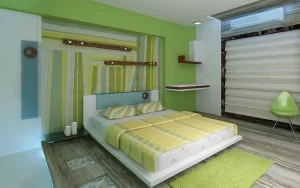Modular and Customizable Furniture for Evolving Living Spaces

Let’s face it—life changes fast. One day you’re in a tiny studio, the next you’ve got a home office, a nursery, or maybe even a sudden obsession with indoor plants that need their own corner. That’s where modular and customizable furniture comes in. It’s like LEGO for grown-ups, but way more stylish and, you know, actually functional.
Why Modular Furniture Makes Sense Right Now
Honestly, the way we live has shifted. Remote work, smaller urban spaces, and the whole “less is more” mindset mean we need furniture that adapts—not the other way around. Here’s the deal:
- Space efficiency: Modular pieces fit like puzzle blocks, maximizing every square foot.
- Budget-friendly: Swap out parts instead of buying entirely new furniture when needs change.
- Sustainability: Fewer discarded sofas ending up in landfills. Win.
Key Features of Modular Furniture
1. Interchangeable Components
Think sectional sofas where you can add or remove seats, or shelving units that expand vertically or horizontally. The magic? No tools required—just rearrange.
2. Multi-Functional Designs
A coffee table that becomes a desk. A bookshelf with hidden pull-out drawers. Furniture that moonlights? Yes, please.
3. Customizable Finishes
Swap out fabric panels, change leg colors, or mix materials. It’s like having a wardrobe for your furniture—seasonal updates without the commitment.
Current Trends in Modular Design
Well, the industry’s buzzing. Here’s what’s hot:
- Eco-conscious materials: Bamboo, recycled metals, and low-VOC finishes are huge.
- Tech integration: Modular pieces with built-in charging stations or smart lighting.
- Minimalist aesthetics: Clean lines that blend into any decor style—Scandi, industrial, you name it.
How to Choose the Right Modular Pieces
Not all modular furniture is created equal. Here’s how to avoid buyer’s remorse:
| Consideration | Why It Matters |
| Weight & Portability | Will you actually move it around, or is it a one-time setup? |
| Compatibility | Can you add new modules years later, or will the line be discontinued? |
| Durability | Cheap connectors break. Look for steel frames or solid wood joints. |
Real-Life Applications
Still not convinced? Picture this:
- A studio apartment where the bed folds into a wall unit, revealing a workspace by day.
- A growing family’s living room where extra seating appears when guests arrive—then disappears.
- A home office that converts to a crafting space on weekends, no heavy lifting required.
The Psychological Perks
Here’s something unexpected: modular furniture can reduce decision fatigue. Instead of stressing over “forever pieces,” you tweak as you go. It’s freedom—less pressure, more play.
And let’s talk novelty. Rearranging modules gives that “new room” thrill without spending a dime. Instant mood boost.
Final Thoughts
In a world where change is the only constant, maybe our furniture should be as fluid as our lives. Modular design isn’t just practical—it’s a mindset. Less rigid, more resilient. And honestly? That’s a philosophy worth furnishing.







